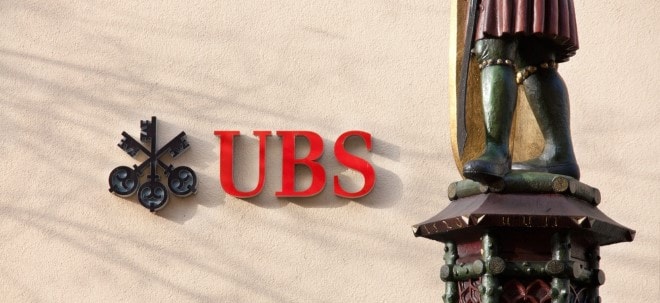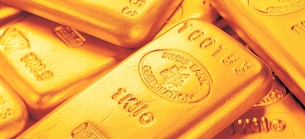Should gold miners pay more cash to investors?
HOW gold miners spend money from bonanza cash flows will be a key test as the sector nears the end of a remarkable year.Using cash in the up-cycle can be more challenging than when times are tough and options are less. On one hand, gold miners will be keen to add new reserves either through brownfields expansion or deals; but the pressure to reward shareholders is pressing. Fail to pay out handsomely may come with censure of the share price.Balance sheets are the strongest in decades, said UBS in a recent report. It estimated net cash positions of JSE companies it covers were expected to reach at least 20% of their current market capitalisations in the medium term.That’s something considering the rerating of shares to date, especially Gold Fields and AngloGold Ashanti. But Harmony Gold hasn’t re-rated to the same extent. Perhaps investors have an eye on the full cost of building Eva Copper, a new project currently under study.Harmony will argue it makes sense to invest now, especially for a company like itself which has M&A firmly in its corporate. It has kept to a relatively conservative dividend strategy of 20% of net free cash. That looks like it’s a turn-off for some investors. Horror or horrors, Harmony also hedges a portion of production. In comparison, AngloGold expedited the payment of its new dividend policy which was to pay 50% of free cash at the year-end, a ‘true up’. Gold Fields pays 30% to 45% of normalised earnings.But are these handsome payout improvements still sufficient, even for the generous dividend payers, given the scope of the gold price appreciation? With free cash yields expected to stay above historical averages, debate continues over whether these payout ratios are sufficient, said UBS.DRDGOLD has opted to plough cash back into the business, while seeking to remind shareholders it has been paying a dividend 18 years uninterrupted. It wants to remind shareholders sure and steady won the race.Conservatism or returns? It’s a tester for management, but UBS makes another critical point that nearly 70% of mines under its coverage have less than 10 years of remaining life. This intensifies the need to replace reserves and sustain production, it said. “Historically, South African gold miners struggled to deliver return on invested capital consistently above 10%, underscoring capital inefficiencies,” it added.Interestingly, gold miners have started to revisit their reserve prices. In its third quarter production report, Gold Fields adjusted the assumed gold price for economically mineable reserves to $2,000/oz from $1,500/oz previously. The resource price was increased to $2,300/oz from $1,725/oz.This had the effect of boosting the mineral reserves at its Tarkwa mine in Ghana to 7.4 million oz from 4.3 million oz previously while resources increased to 11.2 million oz from 8.9 million oz. An application for the extension of Tarkwa’s mining licence from 2027, when the current permit expires, is underway.Apart from the economic benefits of a gold price, the metal can also help heal political wounds it would seem.Gold Fields saw control of Damang, its other Ghanaian mine, temporarily lost to the government which said Gold Fields had failed to honour the conditions for the renewal of the permit. A one-year renewal was eventually agreed.The post Should gold miners pay out more cash to investors? appeared first on Miningmx.Weiter zum vollständigen Artikel bei Mining.com
Quelle: Mining.com


